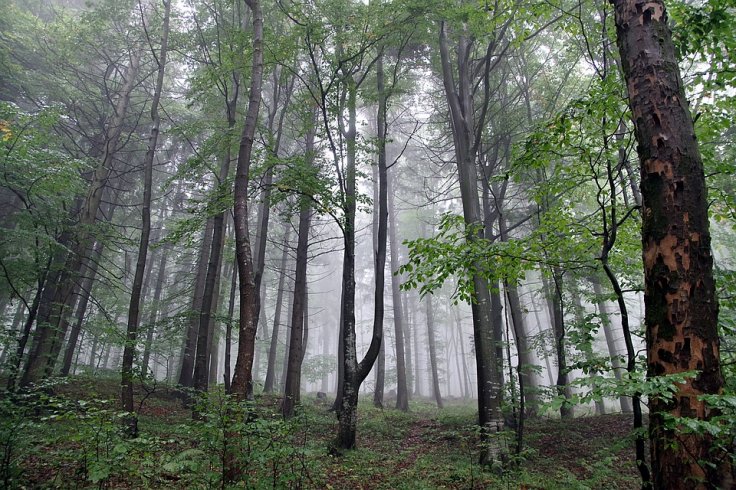
Researchers from the University of Helsinki, including Katerina Machacova, a visiting scholar, have demonstrated that boreal forests of the Northern Hemisphere are sources of the greenhouse gas nitrous oxide (N2O), showcasing for the first time how trees and forests not only absorb carbon, but also work as a source of other greenhouse gases.
The research group observed that the greenhouse gas 'nitrous oxide' (N2O) is released into the atmosphere not only by the forest soil, but also by pine, birch and spruce, and other trees of the northern boreal zone. In fact, the same researchers' group has previously demonstrated that the stems and canopies of pine trees in the northern boreal zone are sources of N2O.
"Trees may have an impact more significant than previously thought on the nitrous oxide balance of forests, as well as on the global N2O balance," says Associate Professor Mari Pihlatie from the Faculty of Agriculture and Forestry, University of Helsinki. The most important discovery was that the N2O emissions of tree stems vary by season, depending on the physiological activity of the trees.
During the growing season, trees release nitrous oxide from their stems, while during dormancy in the winter, they can become consumers of the gas. Even though the consumption of N2O over the winter reduces annual emissions, trees remain annual N2O sources. Seasonal variation in N2O emissions corresponded with the carbon dioxide emissions of tree stems and both types of emissions peaked in the summer.
For the first time, a comprehensive measurements of environmental factors in the atmosphere, soil and trees were combined with nitrous oxide emissions. Trees acting as a source of nitrous oxide emissions is a new finding in the forest environment, said researchers. "Generally, trees have not been assumed to have a role in the N2O balance of forests, which is why no relevant measurements of trees have been made," says Elisa Vainio, a postdoctoral researcher at the Faculty of Agriculture and Forestry, University of Helsinki.

Previously it was thought that the primary emission source for greenhouse gases is fertilised and nitrogen-rich farmland. In 1998 it was suggested that trees may transport to the atmosphere nitrogen oxide produced by microbes in the soil. In the recently published study, comprehensive measurements of environmental factors in the atmosphere, soil and trees were combined with nitrous oxide emissions for the first time. According to the researchers, N2O emissions from spruces may be key contributors in Central Europe, where they're widely grown in monoculture.









